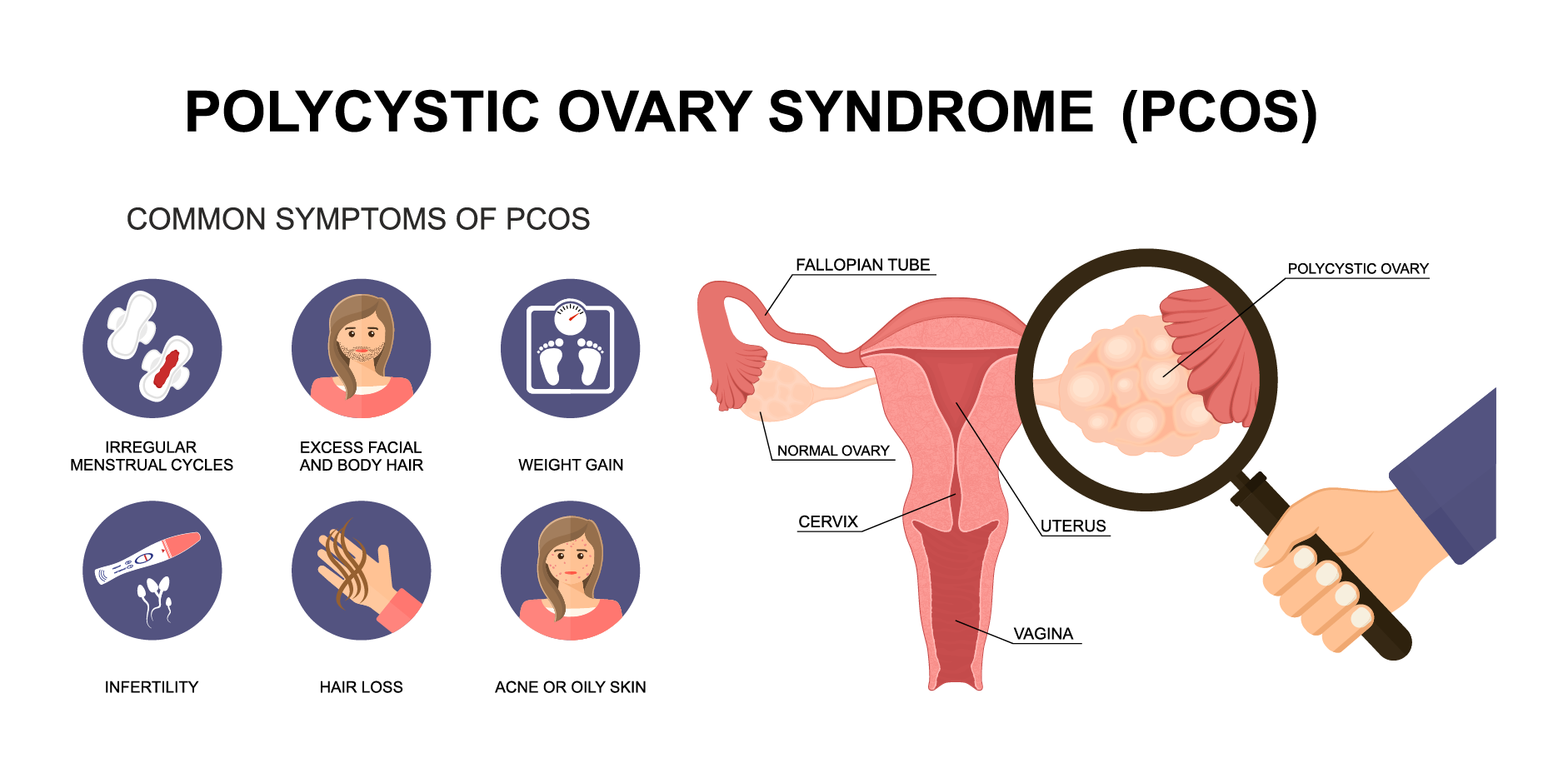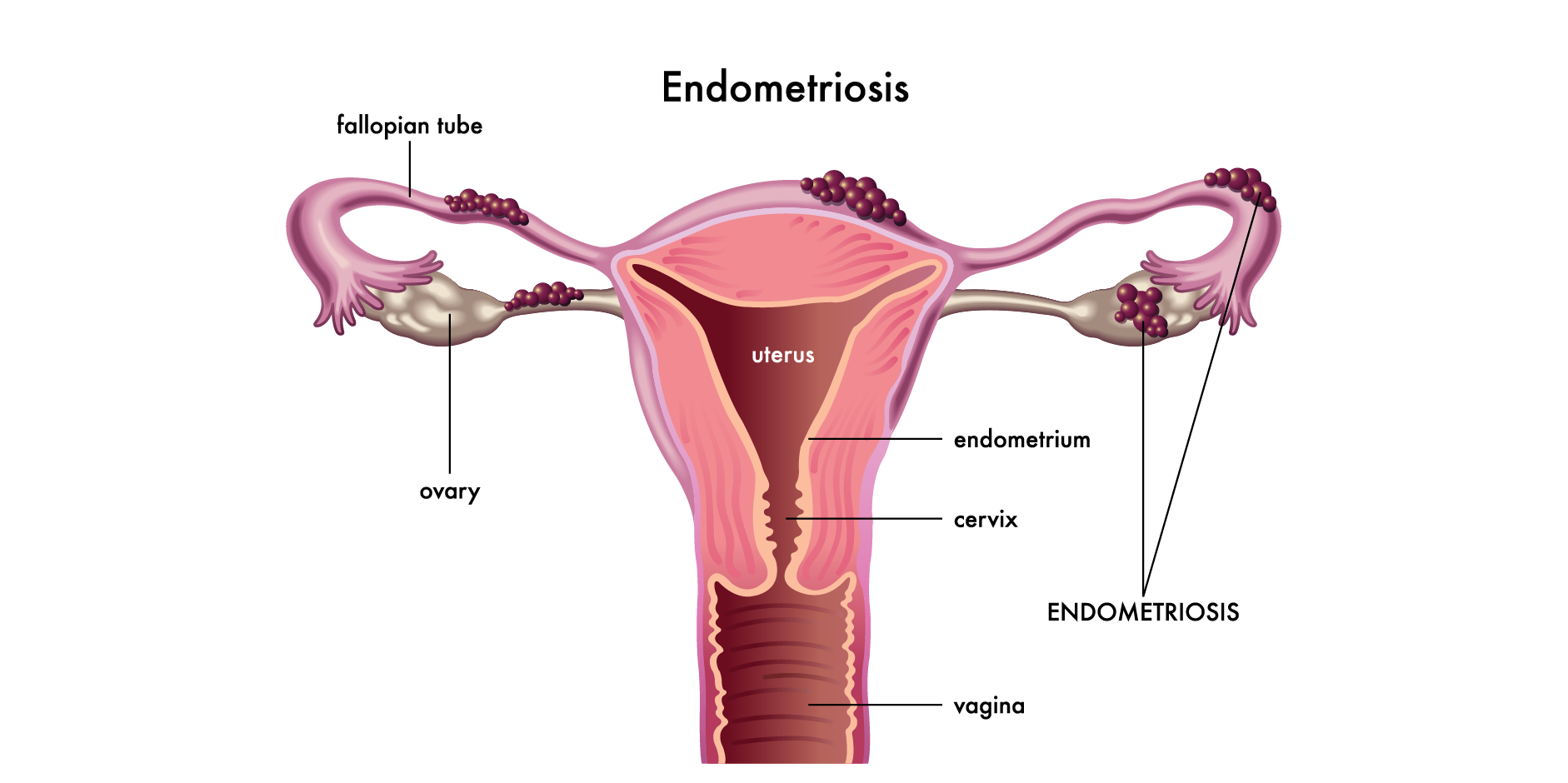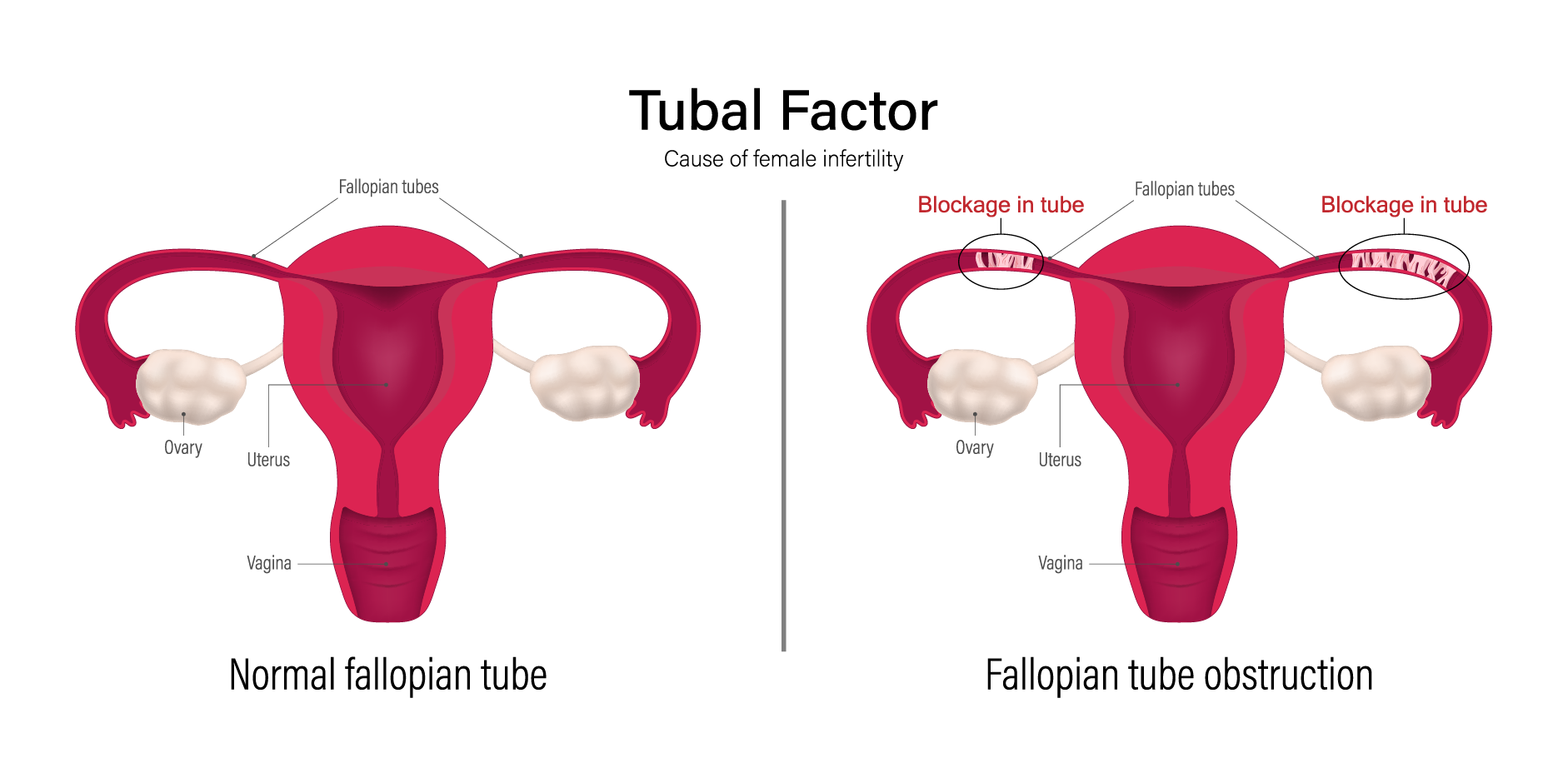Nội dung của trang này:
Nội dung của trang này:
Giới thiệu
Infertility is defined as a failure to achieve pregnancy after 1 year of unprotected regular intercourse or therapeutic donor insemination in women <35 years old or within 6 months in women >35 years old. It is an inability to achieve a successful pregnancy based on the patient's medical, sexual, and reproductive history, age, physical exam, diagnostic findings or any combination of these factors, and the need for medical intervention, including the use of donor gametes or donor embryos, is done to achieve a successful pregnancy.
Dịch tễ học
The prevalence rates of infertility are difficult to establish because
of male and female factors that complicate any estimate, which may only focus
on the woman and the pregnancy outcome. The difficulty of determining the
prevalence of infertility is also associated with the lack of consistent
definition used and tools for diagnosing, managing, or reporting infertile
couples. It is estimated by the World Health Organization (WHO) to affect one
in every six people of reproductive age globally. Infertility increases with aging in both males and females. Approximately 35-50% of infertility
causes are due to female factors; about 40-50% of infertility causes are due to
male factors; and about 30% of couples have unexplained infertility.
The two regions of the
world with the highest rates of infertility are Southeast Asia and Sub-Saharan
Africa. The highest prevalence rate for primary infertility was seen in the
North Africa and Middle East region and the highest secondary infertility
prevalence rate is seen in the Central/Eastern Europe and Central Asia region.
Phân loại
Infertility can be primary (no pregnancy has ever occurred) or
secondary (pregnancy has occurred irrespective of the outcome).
Ovulatory Disorders
Ovulatory disorders account for about 30% of infertility and manifest
clinically with irregular menstruation or absence of periods.
World Health Organization Classification of Ovulatory Disorders
Class I: Hypogonadotropic Hypogonadism
Hypogonadotropic hypogonadism occurs in approximately 10% of women with
ovulation disorders. There is hypogonadotropic hypogonadal anovulation. Women are
noted with amenorrhea (hypothalamic amenorrhea [HA]) and with little or without
evidence of endogenous estrogen activity. This includes patients with
hypogonadotropic ovarian failure, hypopituitarism, or pituitary-hypothalamic dysfunction.
This is characterized by low gonadotropins (follicle-stimulating hormone, luteinizing
hormone), normal prolactin, and low estradiol.
Class II: Hypothalamic-pituitary-ovarian Axis Dysfunction
Hypothalamic-pituitary-ovarian axis dysfunction occurs in approximately
85% of women with ovulation disorders. Women are noted with a variety of
menstrual disturbances, including amenorrhea with distinct estrogen activity and
with normal range or fluctuating urinary and serum gonadotropins. They may also
have regular spontaneous menstrual bleeding without ovulation. This includes
women with polycystic ovarian syndrome (PCOS) and hyperprolactinemic amenorrhea.
The follicle-stimulating hormone and estrogen levels are normal, while the luteinizing
hormone and androgen levels may be elevated.
Class III: Hypergonadotropic Hypogonadism
Hypergonadotropic hypogonadism occurs in approximately 5% of women with
ovulation disorders and this is caused by ovarian failure. Women are noted with
premature ovarian insufficiency (previously known as primary ovarian failure)
associated with low endogenous estrogen activity and pathologically elevated
gonadotropins.
International Federation of Gynecology and Obstetrics (FIGO) Classification of Ovulatory Disorders
This is a comprehensive classification with four primary categories,
specifically hypothalamic, pituitary, ovarian, and polycystic ovarian syndrome (HyPo-P
classification). The classification is based on anatomical considerations, with
polycystic ovarian syndrome considered as a separate entity due to its multifactorial
pathophysiology. Each anatomic category is further stratified into a second
layer according to the causes.
Polycystic Ovarian Syndrome (PCOS)
 Infertility_Disease Background 1
Infertility_Disease Background 1Polycystic ovarian syndrome is the most common cause of anovulatory infertility (70-85%), characterized as a normogonadotropic normoestrogenic anovulation. This is the most common endocrine disturbance affecting women. The diagnosis is based on the 2003 Rotterdam criteria, where there should be two out of three of the following: Oligo-ovulation or anovulation, clinical or biochemical signs of hyperandrogenism, and polycystic ovaries. Exclusion of other causes (congenital adrenal hyperplasia, androgen-secreting tumors, Cushing’s syndrome, thyroid disease, prolactinoma) should be done.
Hypothalamic Causes
An example of an autoimmune cause is Langerhans cell histiocytosis. Endocrine causes include Cushing syndrome, hyperandrogenism, and thyroid dysfunction. Hyperthyroidism elevates luteinizing hormone and follicle-stimulating hormone, which causes loss of mid-cycle luteinizing hormone peak, leading to anovulation and low progesterone. Adrenal disorders also interfere with normal reproductive function and can complicate pregnancy. Examples are hyperandrogenism in congenital adrenal hyperplasia, decreased libido and amenorrhea in adrenal insufficiency, and impaired luteinizing hormone response in Cushing’s syndrome.
Functional causes include chronic illness, exercise, stress, and weight-related issues (eg obesity, underweight). Functional hypothalamic amenorrhea (FHA) is a diagnosis of exclusion that is usually associated with excessive emotional stress, acute or chronic weight loss, chronic illness, or strenuous physical exercise, and sometimes there may be no precipitating cause. A suppressed abnormal pulsatile secretion of gonadotropin-releasing hormone leads to a decreased gonadotropin secretion and consequent anovulation. There are low serum follicle-stimulating hormone and luteinizing hormone levels, and luteinizing hormone is often suppressed relative to follicle-stimulating hormone. This accounts for 20-35% of secondary amenorrhea. Weight-related amenorrhea is due to a reduction in leptin signaling from the white fat which is a reflection of inadequate nutrition. This may develop into hypogonadotropic hypogonadism and/or hypothalamic amenorrhea.
Genetic causes include congenital absence or deficiency in gonadotropin-releasing hormone neurons and their control, and gene mutations. Iatrogenic causes are medications (eg sex steroids, gonadotropin-releasing hormone agonists or antagonists, and opioids), radiation, and surgery. Infectious and inflammatory causes are sarcoid and tuberculosis. Neoplastic causes include craniopharyngioma, glioma, and metastases. Physiologic causes are breastfeeding and pregnancy. Trauma and vascular causes are head injuries.
Pituitary Causes
An autoimmune cause is lymphocytic hypophysitis. Endocrine causes include hyperprolactinemia, and hypothyroidism. Hyperprolactinemia occurs in 10-25% of women with secondary amenorrhea or oligomenorrhea. Many women present with secondary amenorrhea and occasionally, galactorrhea. This is associated with estrogen deficiency and is characterized by a thin endometrium in amenorrheic women. Luteinizing hormone and follicle-stimulating hormone are usually at the lower end of the normal range and estradiol is low. The diagnosis is confirmed with a single measurement of serum prolactin level above 25 mcg/L. The imaging of the pituitary fossa (eg magnetic resonance imaging [MRI]) may be needed to evaluate the cause of hyperprolactinemia. Prolactinomas or lactotroph adenomas are benign pituitary gland tumors that produce prolactin that causes higher than normal concentrations of prolactin in the blood. Hypothyroidism causes menstrual irregularity, occasionally anovulation and rarely amenorrhea. Functional cause is an absent luteinizing hormone surge. Genetic causes include hypopituitarism and receptor polymorphisms. Iatrogenic causes include medications (eg dopaminergics, sex steroids, gonadotropin-releasing hormone agonists and antagonists), radiation, and surgery. Infectious and inflammatory causes include sarcoid and tuberculosis. Neoplastic causes are endocrine-secreting tumors (eg prolactinoma, gonadotropin-secreting tumors), and non-endocrine secreting tumors (eg non-functioning craniopharyngioma, glioma, germinoma, dermoid). Physiologic causes are hyperprolactinemia (eg pregnancy, breastfeeding). Trauma and vascular causes include infarction (eg Sheehan's syndrome), cerebrovascular accident, and head injury.
Ovarian Causes
Autoimmune causes are anti-ovarian antibodies, and autoimmune polyglandular diseases (eg Addison's disease, celiac disease, diabetes, pernicious anemia). Functional causes are luteinized unruptured follicles, and luteal out-of-phase. Low or diminished ovarian reserve refers to diminished oocyte quality or quantity, or reproductive potential and is characterized by a regular menses with alterations of ovarian reserve tests. These respond poorly to ovarian stimulation resulting in retrieval of fewer oocytes and reduced implantation and pregnancy rates. The European Society of Human Reproduction and Embryology (ESHRE) criteria for poor ovarian response include the presence of two out of three criteria: Advanced age (40 years old) or any other risk factor, previous poor response to ovarian stimulation (3 oocytes with in vitro fertilization) and any abnormal ovarian reserve test (AFC <5 or AMH <1.1). Genetic causes include Turner syndrome, other gonadal dysgenesis, and other premature ovarian insufficiencies. Iatrogenic causes are medications (eg cytotoxic chemotherapy), radiation (eg pelvic brachytherapy, external beam), surgery (eg oophorectomy, cystectomy, laparoscopic ovarian diathermy/drilling, endometriosis ablation), and uterine artery embolization. An idiopathic cause is idiopathic premature ovarian insufficiency. Premature ovarian insufficiency, previously known as premature ovarian failure, is the cessation of ovarian function indicated by amenorrhea or oligomenorrhea for >4-6 months together with biochemical confirmation (increased gonadotropins and reduced estradiol) of ovarian insufficiency under the age of 40 years. The follicle-stimulating hormone is elevated (>25 IU/L). This is the state of female hypergonadotropic hypogonadism. Infectious and inflammatory causes are bacterial (eg pelvic inflammatory disease [PID], tuberculosis). Neoplastic causes include benign tumors, and malignant primary or secondary tumors. A physiologic cause is menopause. Trauma and vascular causes include pelvic trauma (eg road traffic accident).
Other Causes of Infertility
Cervical Factors
Cervical factors refer to the abnormalities of the mucus-sperm interaction. This may be due to the stenosis of the cervical canal or the presence of polyps in the cervical canal. Cervical canal stenosis prevents the production of normal cervical mucus, which can impair fertility. Polyps obstruct normal sperm movement and delay sperm transport.
Endometriosis
 Infertility_Disease Background 2
Infertility_Disease Background 2Endometriosis is associated with reduced fertility, with most large series studies suggesting that young women with mild endometriosis spontaneously conceive at a rate of only 2-3% per month, far below the healthy monthly rate of 20%. The possible mechanisms for endometriosis-associated infertility include abnormalities in oocyte and embryo quality and utero-tubal transport, altered peritoneal, hormonal, and cell-mediated function, distorted pelvic anatomy, and impaired implantation.
Tubal Factors
 Infertility_Disease Background 3
Infertility_Disease Background 3At least 25-35% of female infertility is attributed to tubal factors. The most common cause of tubal infertility is proximal tubal obstruction. This may be a cause for infertility in women with a history of sexually transmitted infections (STIs), pelvic inflammatory disease, and previous abdominal surgery or endometriosis. This can lead to tubal obstruction or impairment of tubal motility, affecting the ability to pick up and transmit the oocyte or embryo. Semen analysis and ovulation assessment should be performed prior to testing for tubal patency. It is recommended that women be screened first for C trachomatis infection and treated accordingly prior to any uterine instrumentation. Chlamydial infection is a major cause of pelvic inflammatory disease, and can lead to tubal infertility. An elevated Chlamydia antibody titer (>1:256) is associated with high likelihood of tubal damage. The blocked tubal structures are diagnosed by hysterosalpingography, sonohysterography and/or laparoscopy, and dye.
Uterine Abnormalities
Polyps, adhesions, and fibroids may be associated with infertility but their exact role is unknown. Congenital Müllerian anomalies are also associated with infertility.
Unexplained Infertility
Unexplained infertility is infertility in couples with adequate coital frequency with normal ovarian function, fallopian tubes, uterus, cervix and pelvis in women 40 years old; and normal testicular function, genitourinary anatomy and normal ejaculate in men. It is a diagnosis of exclusion and a diagnosis is made after all tests are completed, including diagnostic laparoscopy with or without hysteroscopy. As many as 30% of women who undergo investigation for infertility are diagnosed with unexplained infertility. Clomifene citrate as a stand-alone treatment for unexplained infertility does not increase the chances of getting pregnant. Expectant management of 6-12 months prevents unwarranted treatment in couples with a good prognosis of naturally conceiving within 1 year (based on the Hunault prediction model) and is cost-effective.
